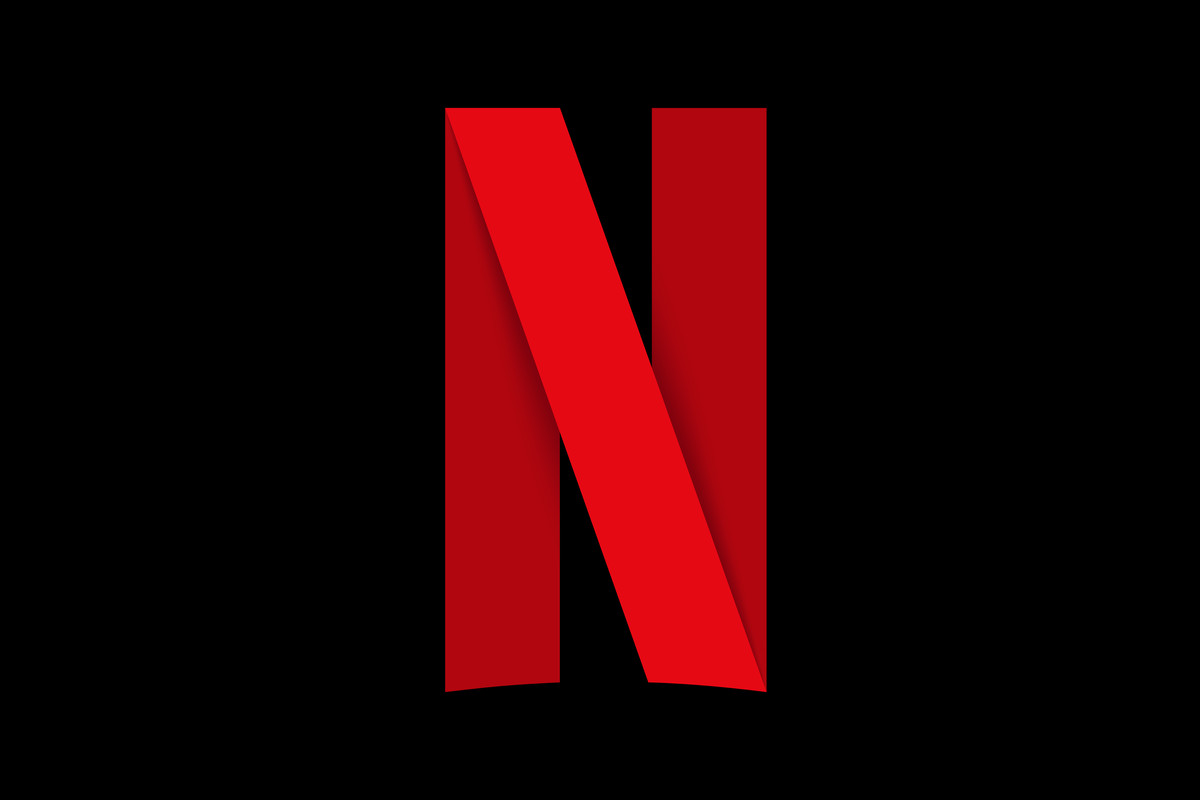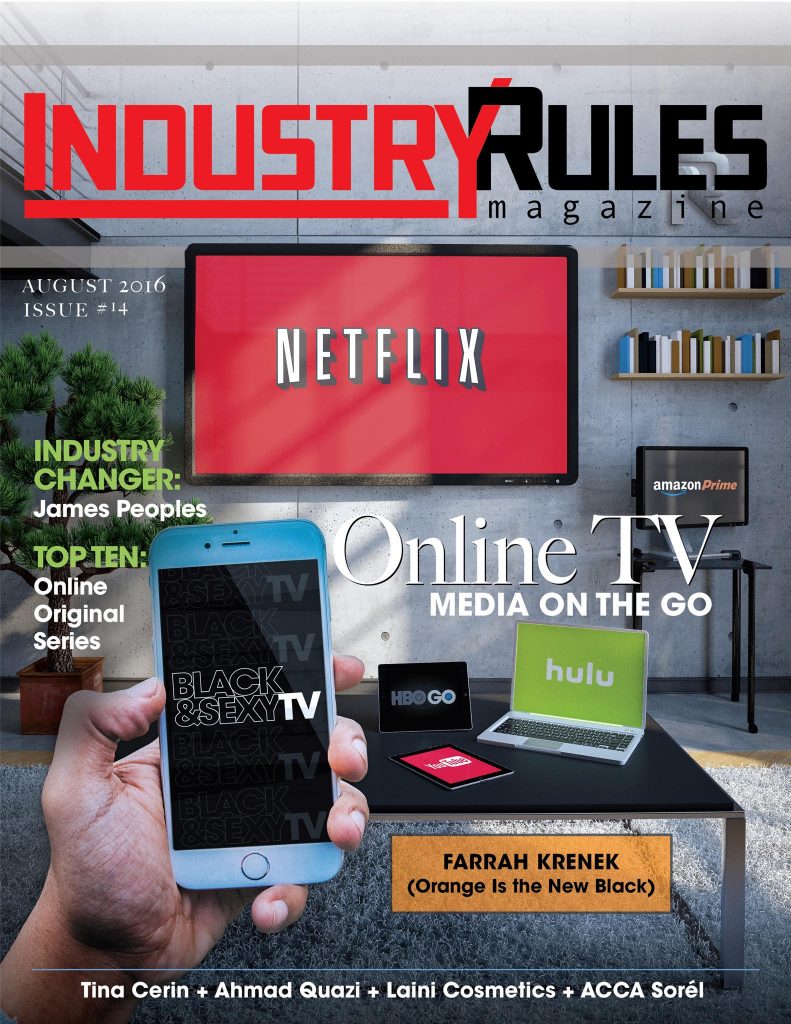Absolutely surprising as it is to those of us not in the Millennial generation, there are a whole lot of people today for whom traditional media, meaning news and entertainment we get from television and published hard copy periodicals like newspapers and magazines, is as outdated as the horse and buggy.
I have two college-age children who are completely amazed, for example, that I spend any amount of time at all watching news and shows on the television. They literally, get zero percent of their information about the world, or their entertainment, from the formerly all-powerful television or newspapers. That is none as in zero. And yet they are more up to date than me, in a much faster way, on what is happening, especially in pop culture, but also in politics and other news.It is because they get their information and entertainment from online media where the population of the world is their news source and source for viewing and listening fun. There is no middle layer of corporate and government bureaucracy and production involved when it comes to Twitter, for example. People see something, they shoot it or tweet or Snapchat about and voila, everyone knows about it. Of course this means the sources and the information are not always reliable but the trade off in reliability is a fair trade to the new generation in exchange for speed of information and the open democracy of the web.And these days the stars that those of us a bit older fawn over mean little in comparison to a whole slew of Internet celebrities who can become as big or as famous as any television or movie star.
The list of names Millennials go crazy may be unknown to many of their parents, but they command viewers in the millions and many make as much money, and more, as celebrities in the traditional media world.Here is what some of the biggest YouTube stars make annually. Pewdiepie, makes $12 million annually, all due to having 9.3 billion views of his videos. That’s right 9.3 BILLION views. A TV show or movie could only wish to have that many views. A YouTuber that goes by Funtoys Collector earns $8 million per year on 7 billion views. Another that goes by Yogscast makes $6.7 million annually on 3 billion views. You get the point. A lot of viewers means a lot of money.These people are huge stars to Millennials and rightly so. And they are highly sought after by advertisers and sponsors. For obvious reasons.
But it isn’t just about entertainment and silly videos. It is also about information and news. The political election this year really showed just how much online and social media can play a role in elections, as the best users of social media online, Bernie Sanders and arguably Donald Trump, were able to control a great deal of the news cycle thanks to their abilities to “make news” online with Tweets and other forms of getting the word out outside of traditional sources. And no matter whether the news is correct or factual or not, traditional media simply cannot beat the speed of getting the word out of developments, like breaking news, faster than people can with everyone carrying cell phones these days with built-in capabilities and apps capable of “broadcasting” news instantaneously.
One report, The “News Use Across Social Media Platforms 2016” found that “Facebook, Twitter, Instagram, YouTube and even Snapchat have emerged as the go-to sources for news.” They reported that Pew Research found that “62 per cent of Americans rely more on the social media platforms for news that they do traditional media.” It added that “Facebook, which has around 222 million monthly active users across the US and Canada, emerged as the number one source with 66 per cent of those questioned admitting that they use the platform for consuming news.”
It also isn’t just about beating out ABC News and The New York Times as go to sources, it is about how we watch shows. New online media habits do mean that young people are used to watching stars most of us never heard of, and watching short homemade silly clips and things. But even when they watch traditionally produced shows from Hollywood, they have come to choose different means of watching this content. Despite having access to the biggest wide screen TV’s ever made, many Millennials still prefer the convenience of watching “television shows” on their handheld devices like tablets and cell phones, which of course allow them to watch what they want wherever they are.
They have also changed programming and development with these habits because people now want to control when they watch their shows, not be beholden to TV schedules dictating for them when they can watch. Binge watching, where an entire season of a show is watched in one sitting or over several days has changed Hollywood releases patterns for shows. Now you can watch “Orange Is The New Black” in one sitting, the whole season. Cable and other networks are releasing everything at once in many cases rather than sticking to the traditional one episode a week over many weeks traditional schedule. That model is just not fitting for the “want it when I want it” generation. Laptops, iPads and cell phones are how many consume their entertainment these days. And taking advantage of apps and sites that aggregate content from many sources, like Hulu, Amazon Prime, Black & Sexy TV, and the aforementioned YouTube, are the ways entertainment is consumed. Many are not even bothering with regular TV or even cable TV subscriptions anymore. Preferring instead to forego those options for the watch anywhere, anytime capability of mobile platforms and Internet sites and services.
According to Nielson, the number of people who watched television at all, fell by 7% last year. Conversely, the number of people who watched video online rose by 84%. That’s an amazing shift by any standard. And while that doesn’t mean more people are watching online than total watching traditional TV, it does mean that considering more of those watching online are younger, there is definitely a huge shift taking place that has already and will continue to change our society and our habits. The days of sitting in front of the television or drinking coffee while pouring through an actual newspaper are old and gone. Online is where it’s at and where it will increasingly be. The Internet has changed the game. And in the process changed our expectations for how and when we get our information and news. There simply is very little time that we are not online. Offline simply isn’t our reality anymore.



